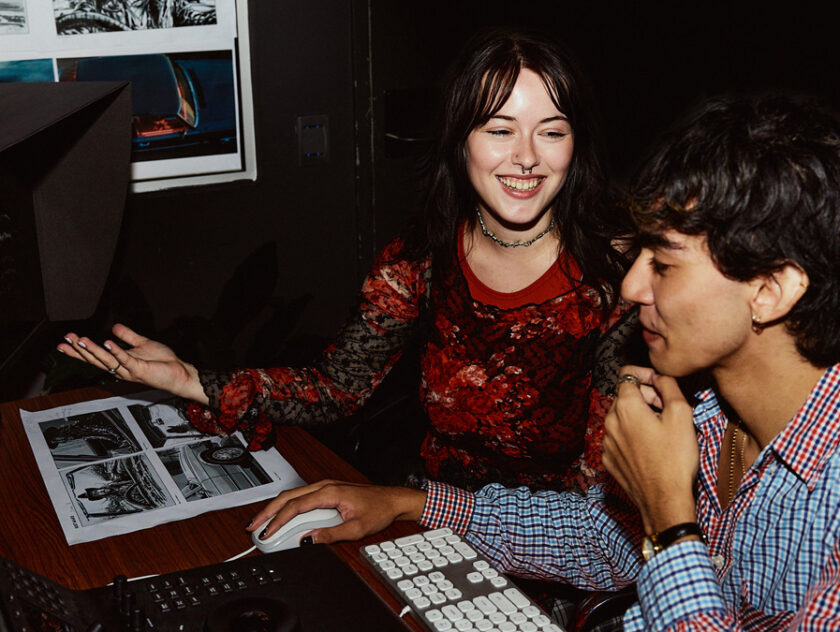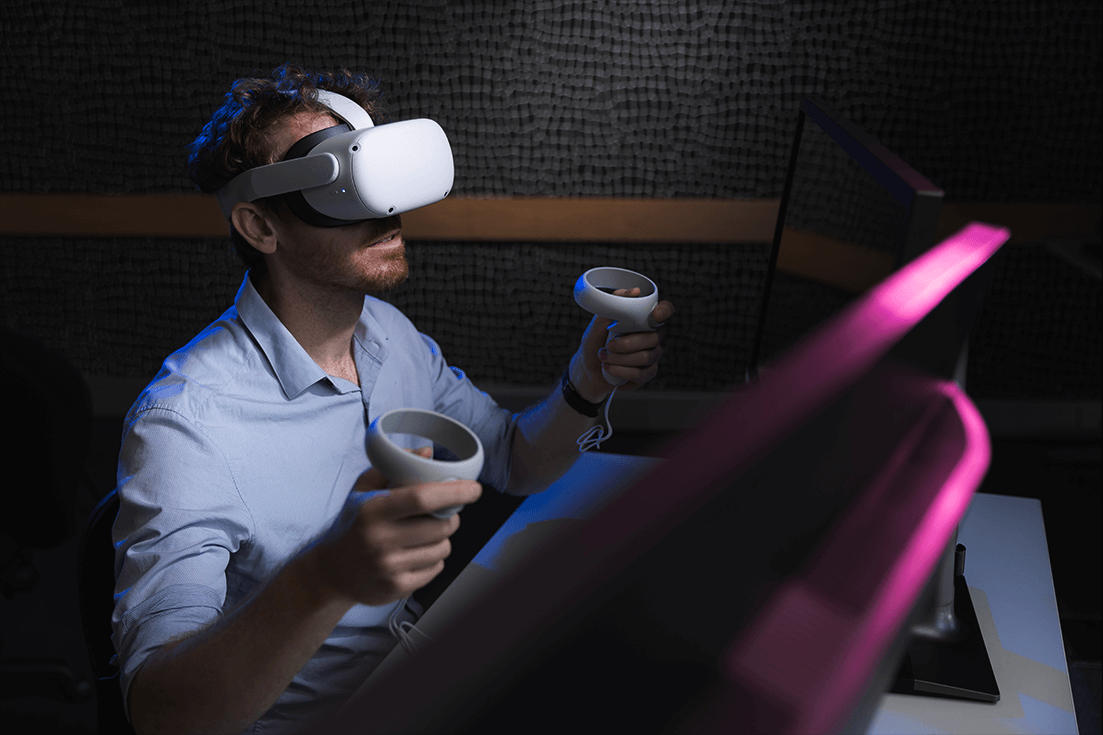Reality technologies are booming in most industries. Companies are leaping at the opportunities to use these technologies to improve efficiencies, educate, explore and entertain. So what are these technologies and how do they work?
What is VR?
VR stands for Virtual reality and is exactly as the name implies, an artificial replication of the real-world.
In VR, we experience artificial sounds, sights and all the feels as if we are in a digital world. Through specialist headsets, we’re able to immerse ourselves in a new reality. The two main headsets available are:
PC Connected Headsets: As the name suggests, these are connected to computers (PCs or gaming consoles) to create the experience. We then use specialist controllers to move around in the digital world we are experiencing.
The most popular PC-connected VR headsets are HTC Vive, Samsung Odyssey+, PlayStation VR, and Oculus Quest.
Standalone Headsets: This type of VR uses a smartphone screen that is connected to a headset giving the viewer the full VR experience. The most popular headset to use with a smartphone includes Samsung Gear VR, Google Daydream, and Google Cardboard. There are also some standalone headsets, like Oculus Go.
PC Connected example
What is AR?
Put simply, Augmented Reality or AR is the addition of digital elements into a live real-world environment. This overlay of content can most commonly be seen in smartphone applications for retail or social interactions. For example, using filters, lenses and games such as Pokemon Go. Retail applications may include the ability to try on glasses, or picture a product in the space you desire, like a chair in your lounge room.
What is required to use these applications?
We can use portable devices, such as smartphones or glasses and headsets. The technology is accessed by your phone’s camera device or an application within the phone that enables the experience to be displayed on your device.
What is MR?
So we now understand VR and AR but what is MR? MR or Mixed Reality, sometimes known as hybrid reality, allows virtual content to be is not only overlaid on a real environment as we see in AR but also enables content to be interactive with that environment – creating a truly immersive experience for the viewer.
This new technology is still in the merging phase, however, Microsoft’s HoloLens is one of the more notable early adoption technologies of MR.
RECAP
These technologies are weaving themselves into our everyday lives, so it’s important we learn how we can use, experience, and adapt to these technologies.
To keep it clear and simple
- VR is a virtual environment
- AR is an overlay in a real-world environment
- MR is a real-world environment with digital overlays that we can interact with
Enjoy playing and experiencing!









































